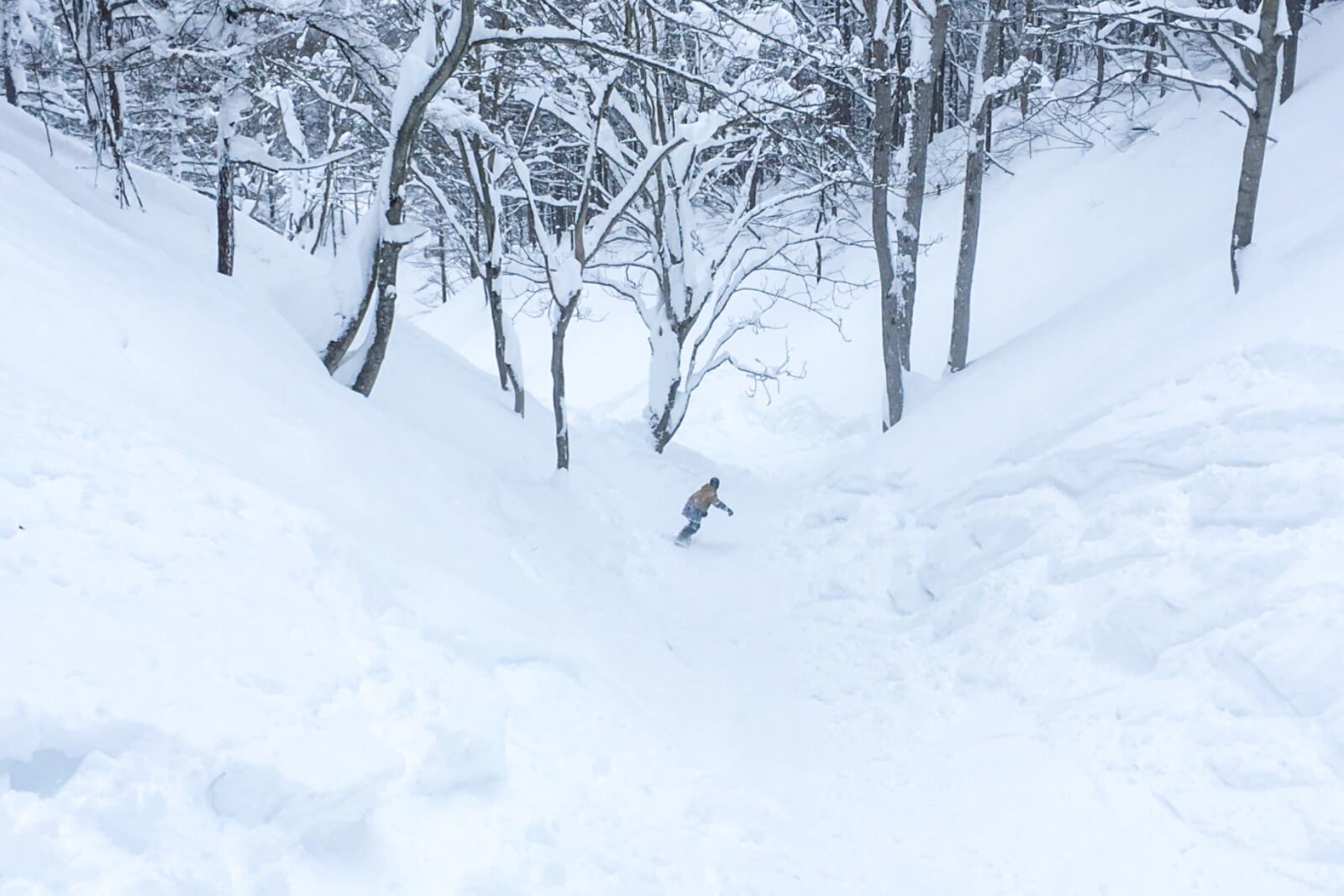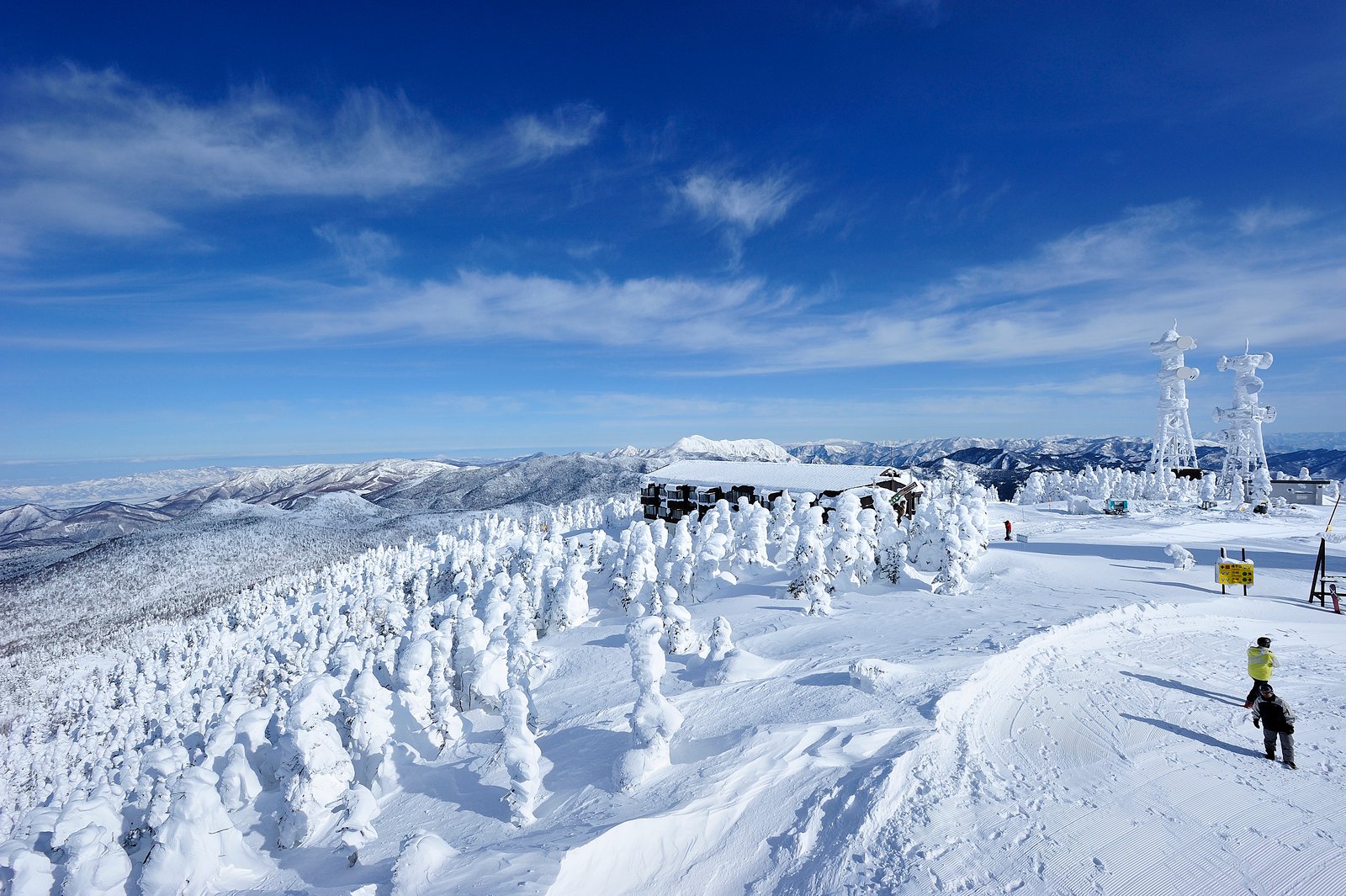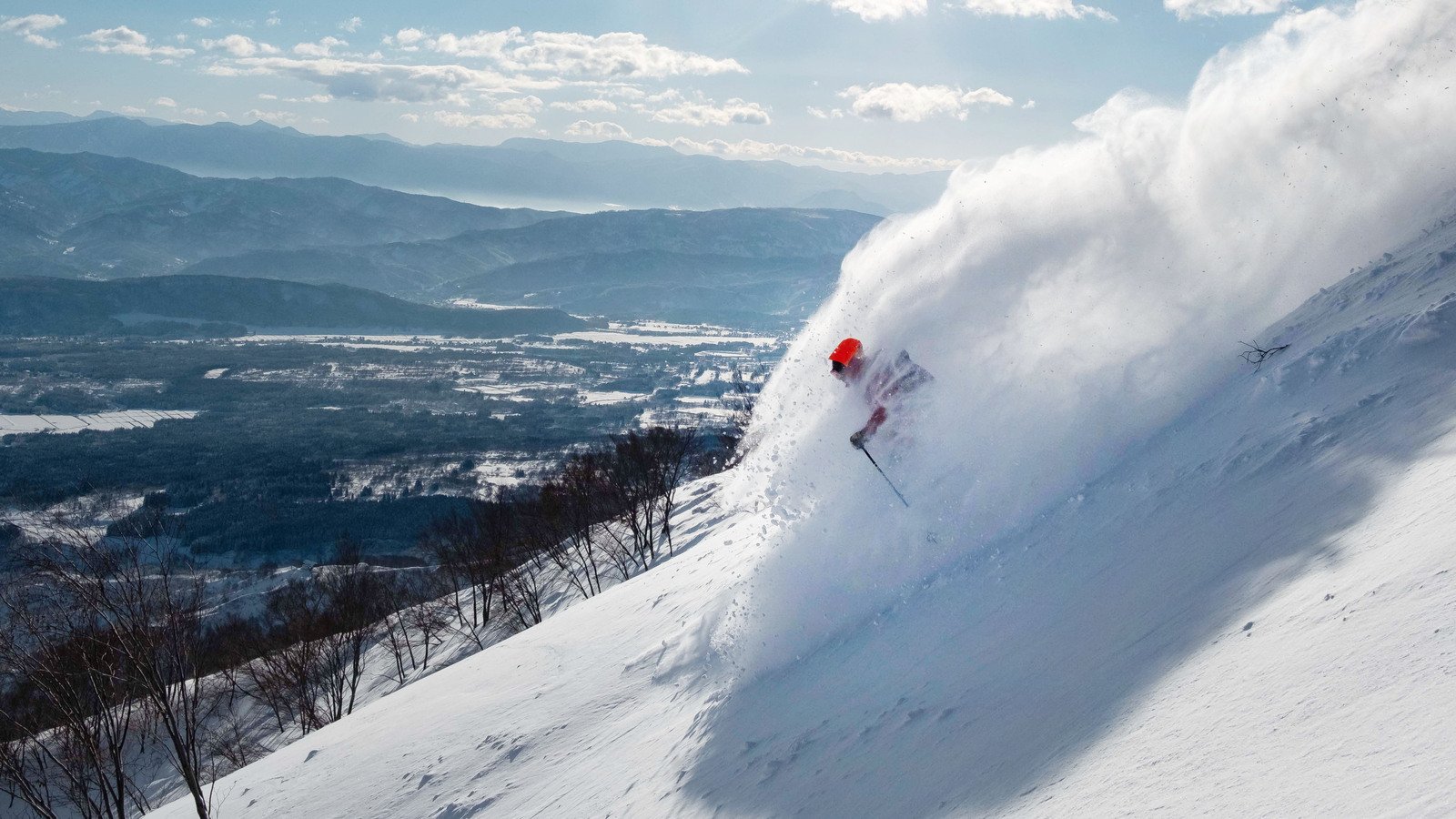
Landlocked, mountainous and high in elevation, Nagano Prefecture boasts the most ski resorts in all of Japan. With the Northern, Central and Southern Japanese Alps, Nagano is quite literally surrounded by mountains on all sides. From small family friendly resorts to larger resorts with black diamonds and backcountry terrain, there is something for everyone on a ski holiday to Nagano.
But where are the best ski resorts for exciting, ungroomed terrain around Nagano? We’d like to introduce six of them below.
The Best Ski Resorts for Ungroomed Terrain around Nagano
Hakuba Cortina Snow Resort
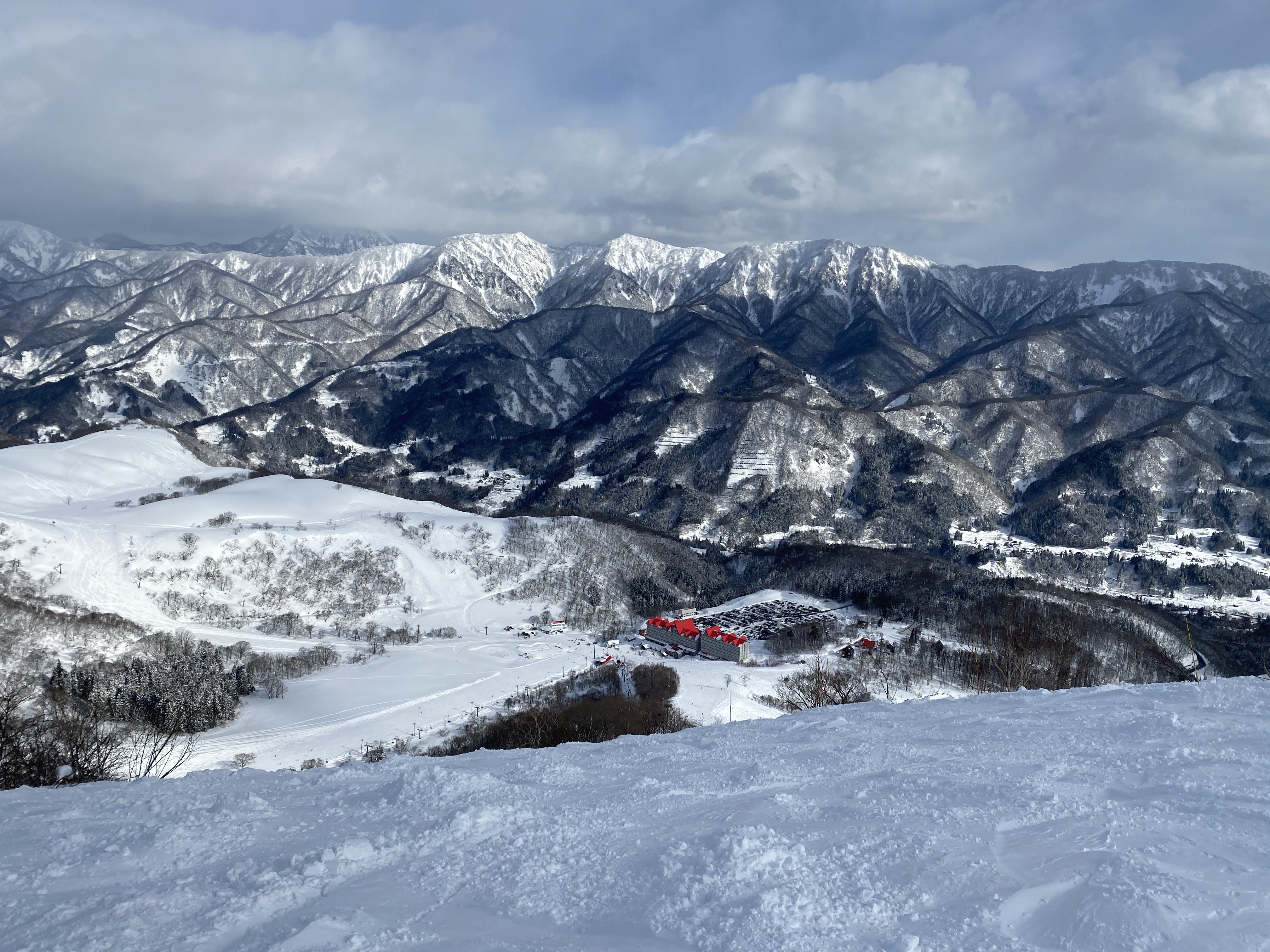
At the Northern end of the Hakuba Valley is Hakuba Cortina, known for its copious amounts of snow and lift-accessible tree runs. This resort was one of the pioneers of sidecountry skiing in Japan and after a big snowfall, people come from all over to catch the first turns in this powder paradise. Cortina sometimes receives twice the snowfall of other resorts in the Hakuba Valley, so if you are up for a big powder day, make sure to check it out.
Everything within the resort that is not a designated groomed run is part of its self-responsibility area. This means that the resort does not groom or perform avalanche blasting and if injuries or rescue operations occur, the ski resort will charge the full cost to the individual.
Learn more about Hakuba Cortina here.
Yamaboku Wild Snow Park
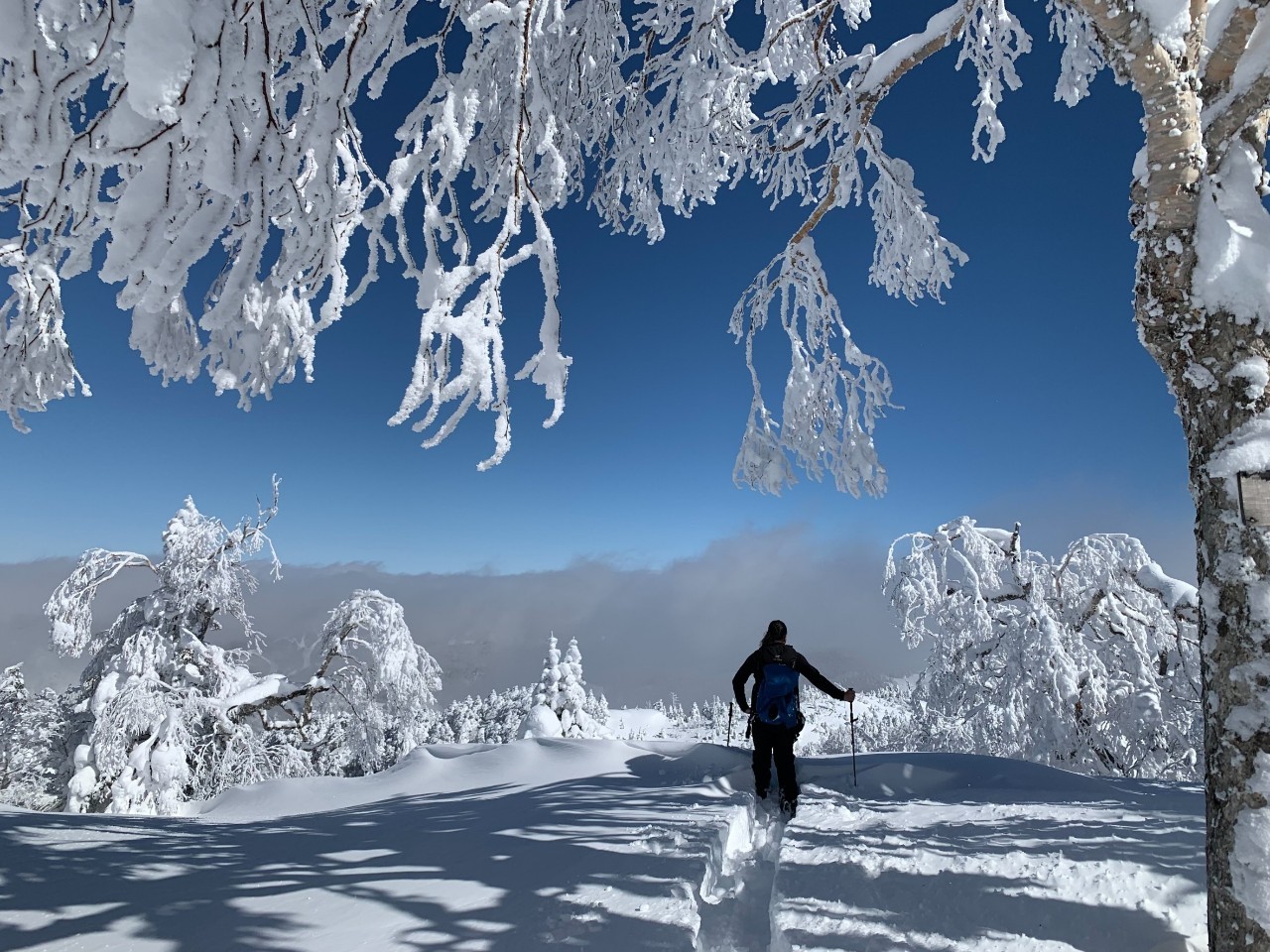
Yamaboku is a smaller resort near Shiga Kogen and Kusatsu Onsen. However, it boasts the Takochi Course, the longest ski run in Japan at 13 kilometers. To access the course, sign up and pay 1,500 yen at the ticket office. This is a separate payment from the regular ski area lift ticket. After taking a lift to the top of the ski area, find the Takochi Course map and follow it all the way down. At the end of the run, a shuttle will return you to Yamada Bokujo.
Currently, the course is only open on weekends and holidays from January 1st to March 20th between 10:00 AM and 2:00 PM so please check in advance to make sure the course is open. Some of this course is groomed but it is considered outside the bounds of the ski area, so all responsibility and cost of injury or rescue is borne by the individual.
See Yamaboku's Official Website (only in Japanese)
Nozawa Onsen Ski Resort
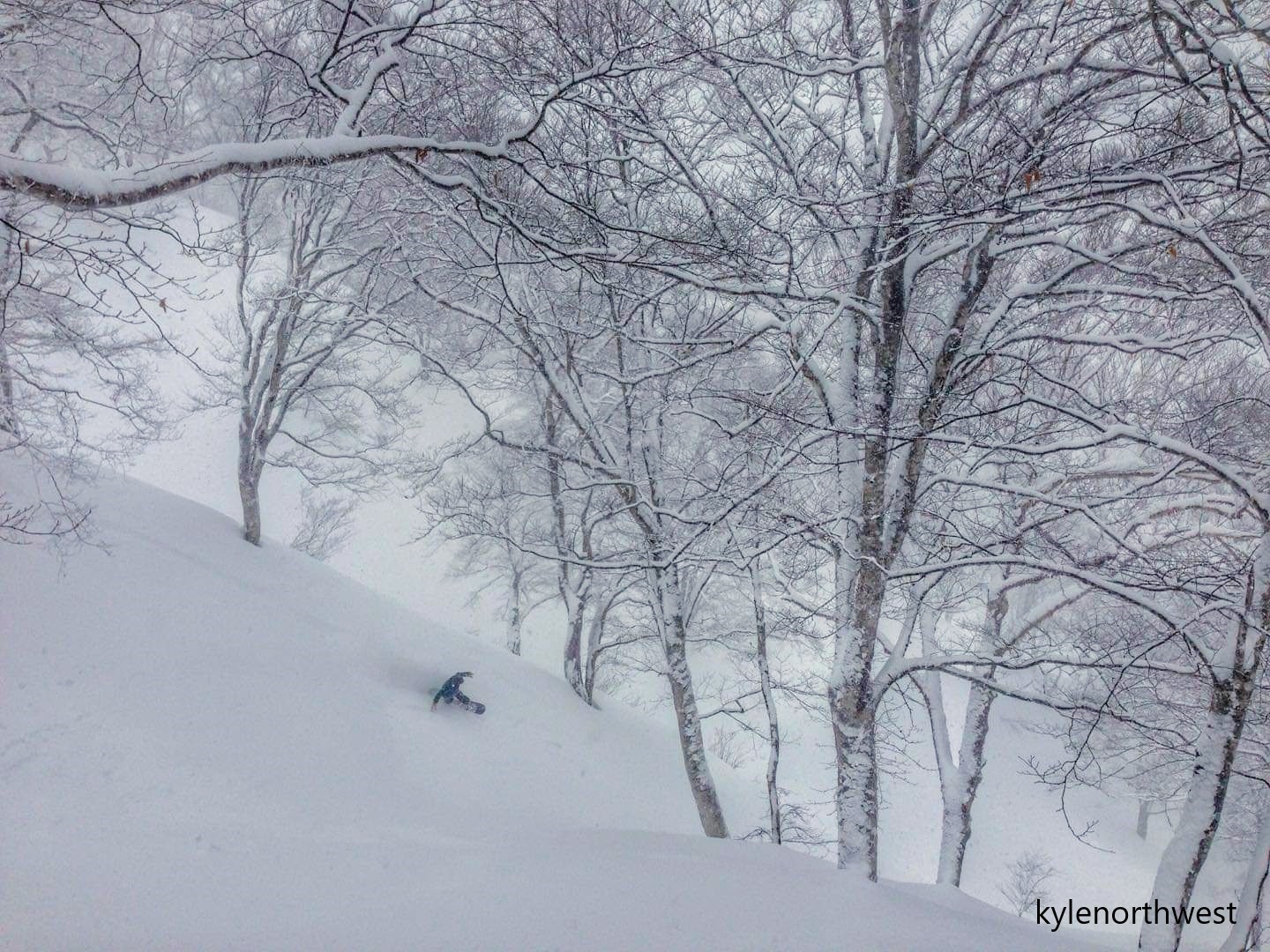
Nozawa Onsen was the first ski resort in Japan and boasts the highest Olympians per capita in the whole country. In addition to the charming Japanese hot spring village, Nozawa Onsen is home to some of the best snow in Japan, particularly in the Yamabiko area at the top of the ski resort.
Yamabiko has two quad lifts and five courses running from 800 to 1,300 meters in length. Between the on-piste courses are easily accessible ungroomed tree runs, bowls, and valleys tracked out at the bottom. There are typically quite a few people skiing in Yamabiko, so in addition to trees, make sure to watch out for the other skiers and snowboarders.
Learn more about Nozawa Onsen Ski Resort here.
Hakuba Happo One
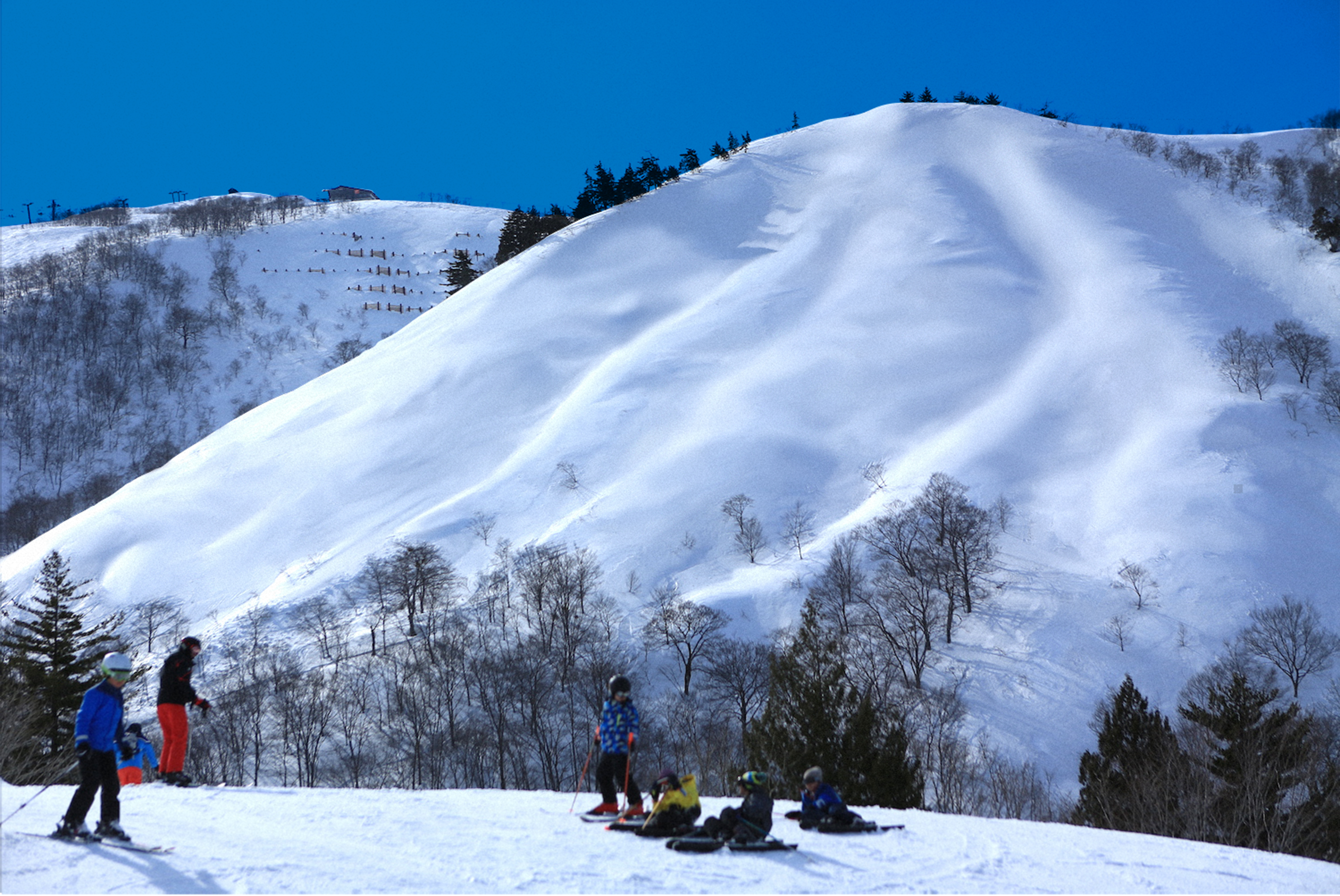
Happo One (pronounced oh-nay) is one of the main ski areas in the Hakuba Valley offering wide-open groomed runs and stunning vistas. Within Happo One is the Omusubi Off-Piste area, designated an expert only double black diamond. Every morning, ski patrol checks the conditions to ensure the area is safe to ski. Make sure to enter and exit this area from the marked entrance/exits and not to go out of bounds.
This area is typically open from mid-January to late March between 9:00 AM and 3:00 PM so please check to make sure the area is open.
Madarao and Tangram

Though lower in elevation than some resorts, Madarao and Tangram have some of the best tree skiing in all of Japan. These resorts boast one of largest ungroomed skiable areas in Nagano, thanks to their many maintained tree runs. After a fresh snowfall, you’re sure to find stashes of powder around the resort even into the late afternoon.
There are lift tickets to just Madarao or just Tangram but make sure to buy the all-mountain pass for the best access and fun.
Lotte Arai Resort
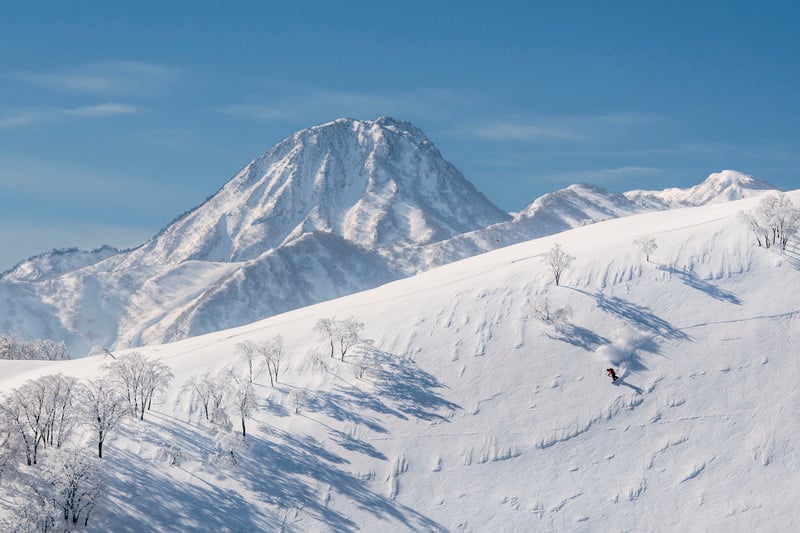
Located in neighboring Niigata Prefecture, the Lotte Arai Resort is another powder haven with 15 lifts offering groomed and ungroomed terrain. Because of its proximity to the Sea of Japan, this resort typically receives more snow than resorts in Nagano. The resort itself is newer and has a more Western feel than others listed here.
The freeriding zone is an off-piste area at the top of the resort offering incredible back bowls and sidecountry terrain. It includes several different courses that are open/closed depending on the snow conditions. Make sure to check the website or at the ticket office to ensure these areas are open. There is also a first-class ticket available for an additional 2,000 yen that gives you priority boarding and earlier access to the sidecountry terrain.
Tips to Staying Safe on the Mountain
1.Follow the Rules
Always follow the posted rules of the ski resort and never duck under the ropes. There is always a reason something is roped off and some ski resorts will take away lift passes for breaches of the rules. In addition, injuries occurring outside the bounds of the ski area are not covered under insurance and any medical or rescue costs will be borne by the individual.
2. Take a Buddy and the Right Equipment
Skiing or snowboarding with a buddy isn't just more fun, it's also safer. You'll also want to bring the right equipment for the terrain you're planning to tackle. We always recommend helmets, and if you're planning to head into Cortina's self-responsibility area, make sure to bring a beacon, probe and shovel for avalanche safety; and water, food and extra clothing in case of emergency.
3. Educate Yourself
The best way to educate yourself regarding sidecountry terrain is to take an introductory avalanche safety course. One recommended course is Evergreen Backcountry Guides' avalanche safety course.
In addition, know the specific area where you will be skiing. This can be done by hiring a guide, going with someone who knows the area and researching in advance. Always know where you are on the mountain and never go too far away from a groomed run.
Some areas like Nozawa Onsen also provide additional English language information on sidecountry and backcountry areas.

